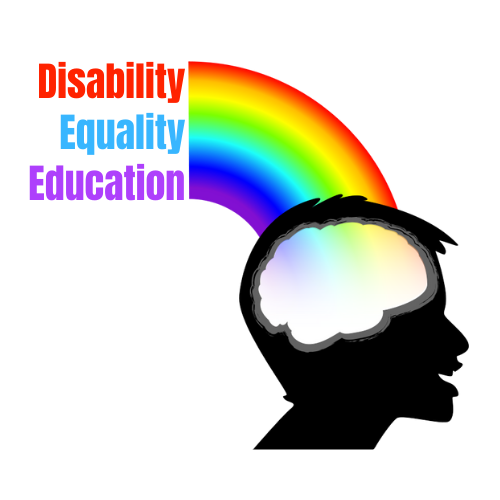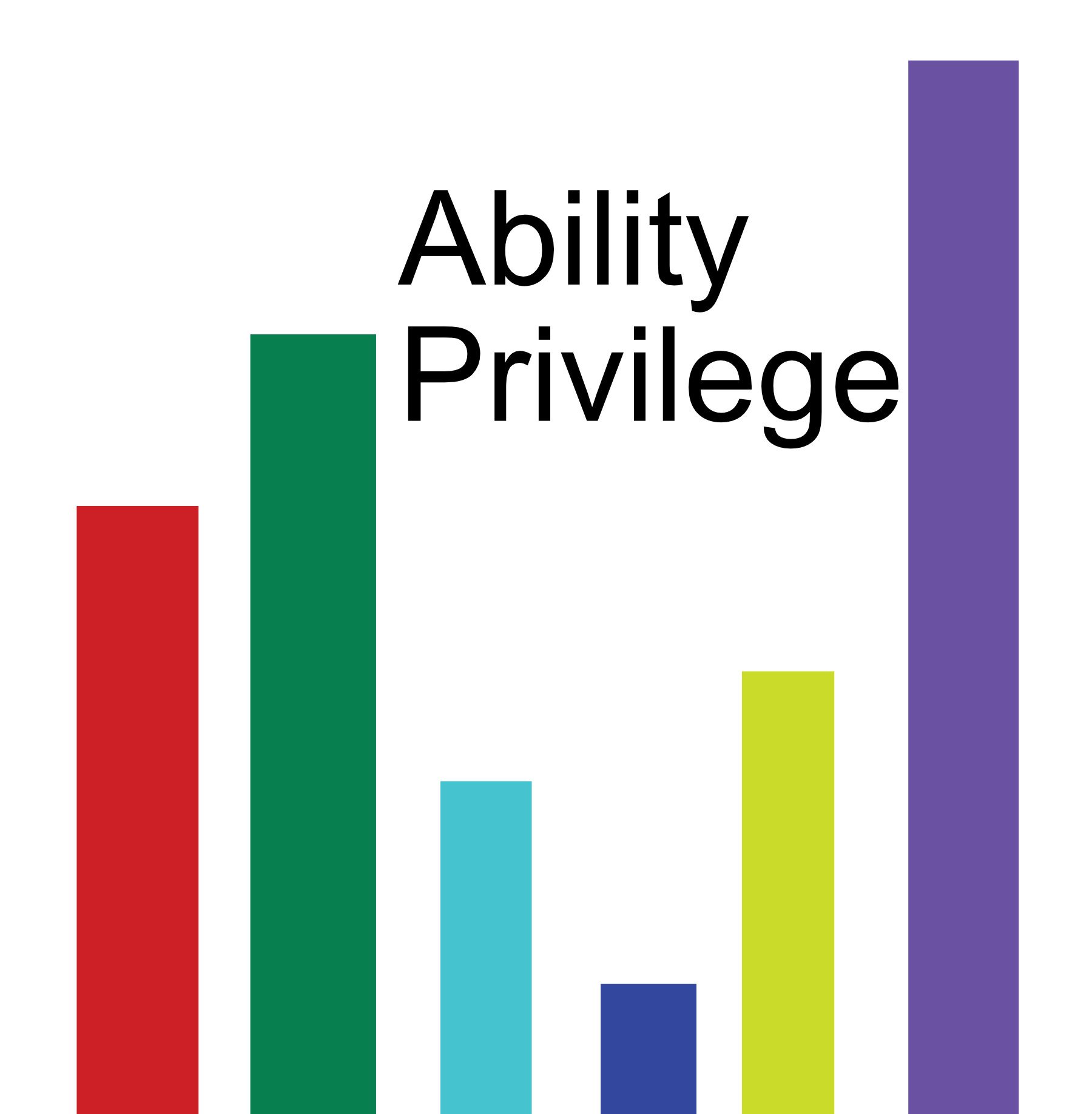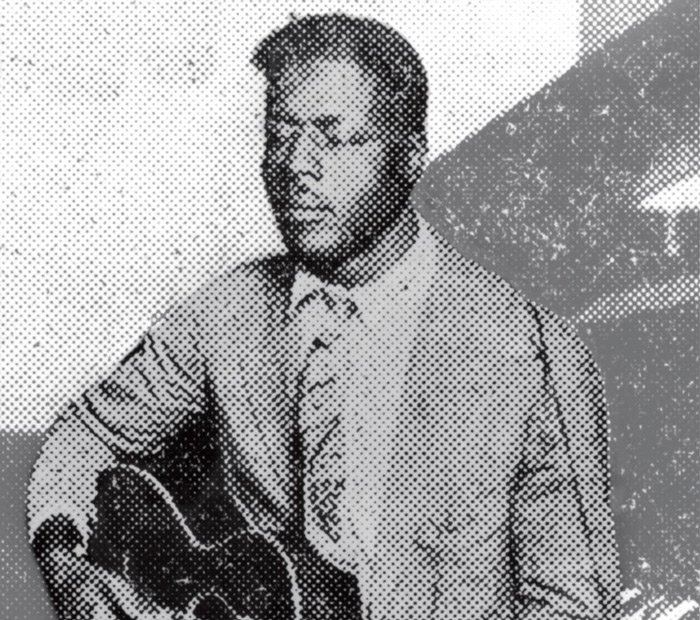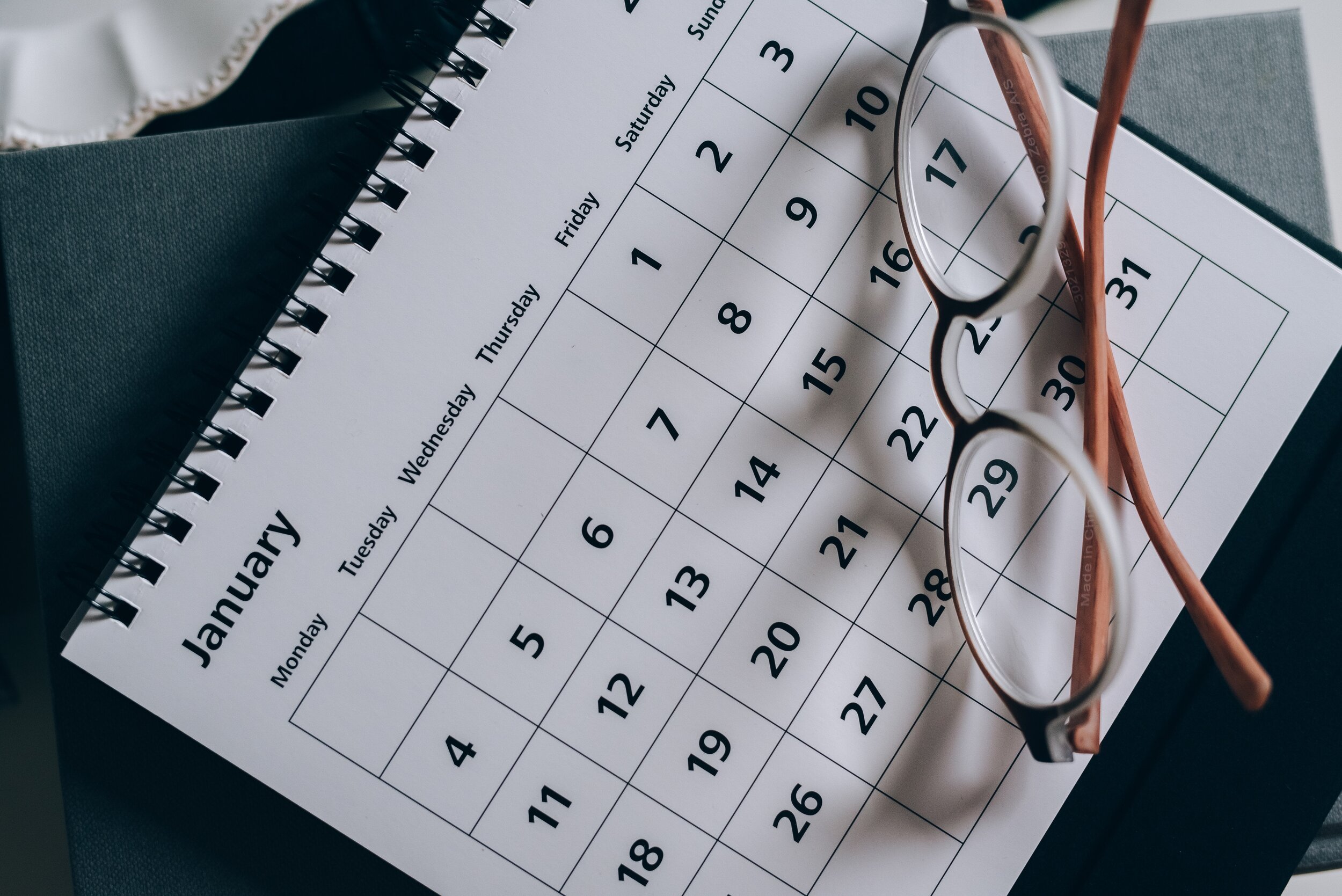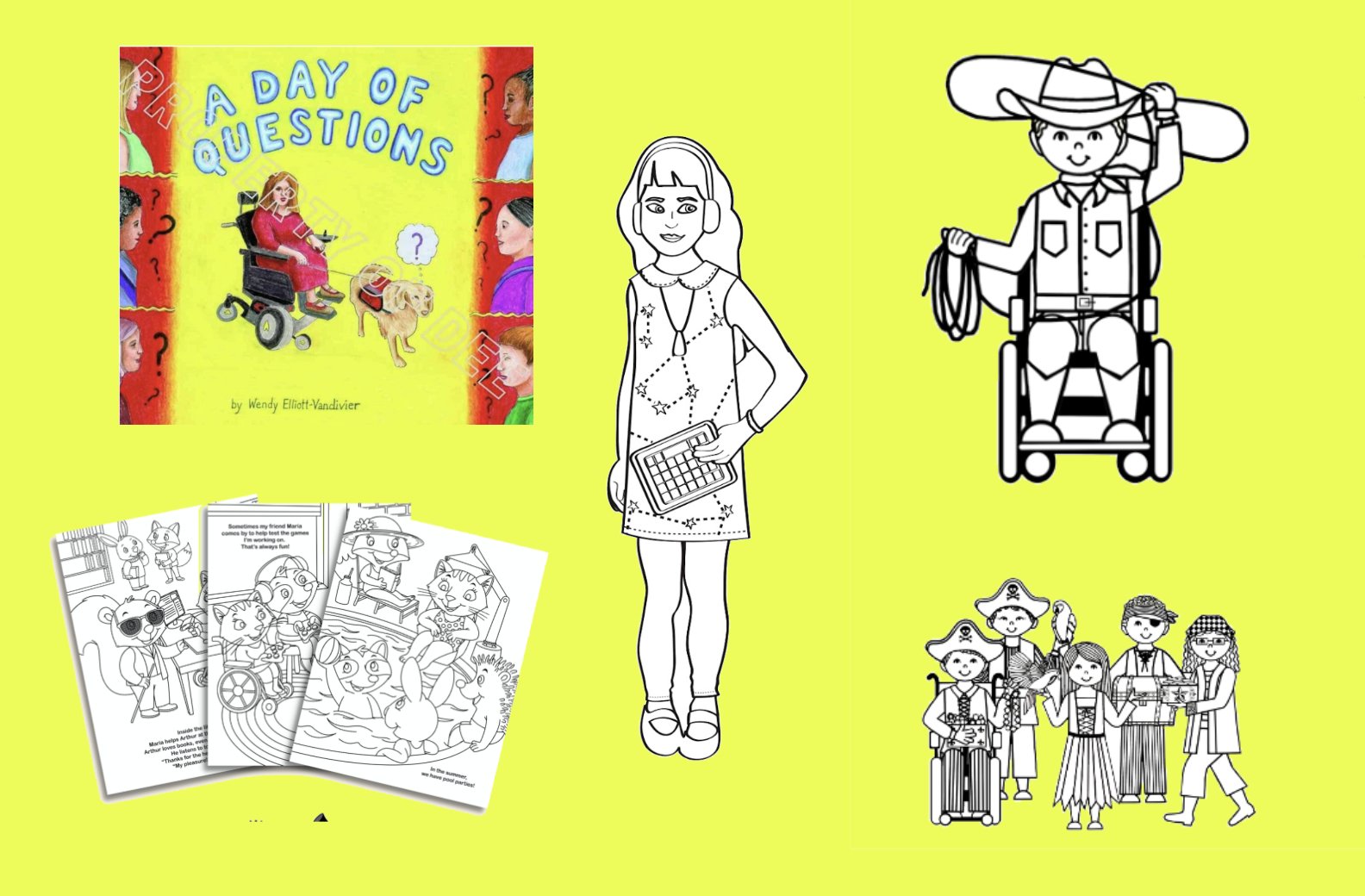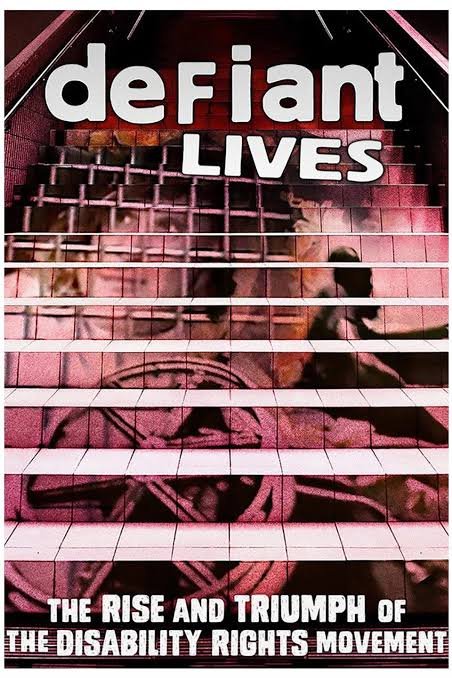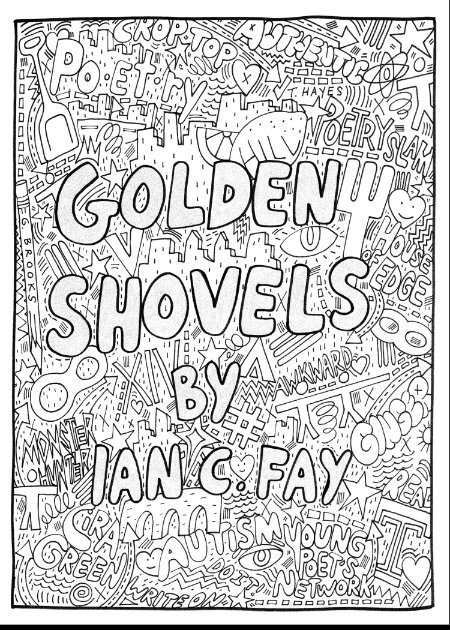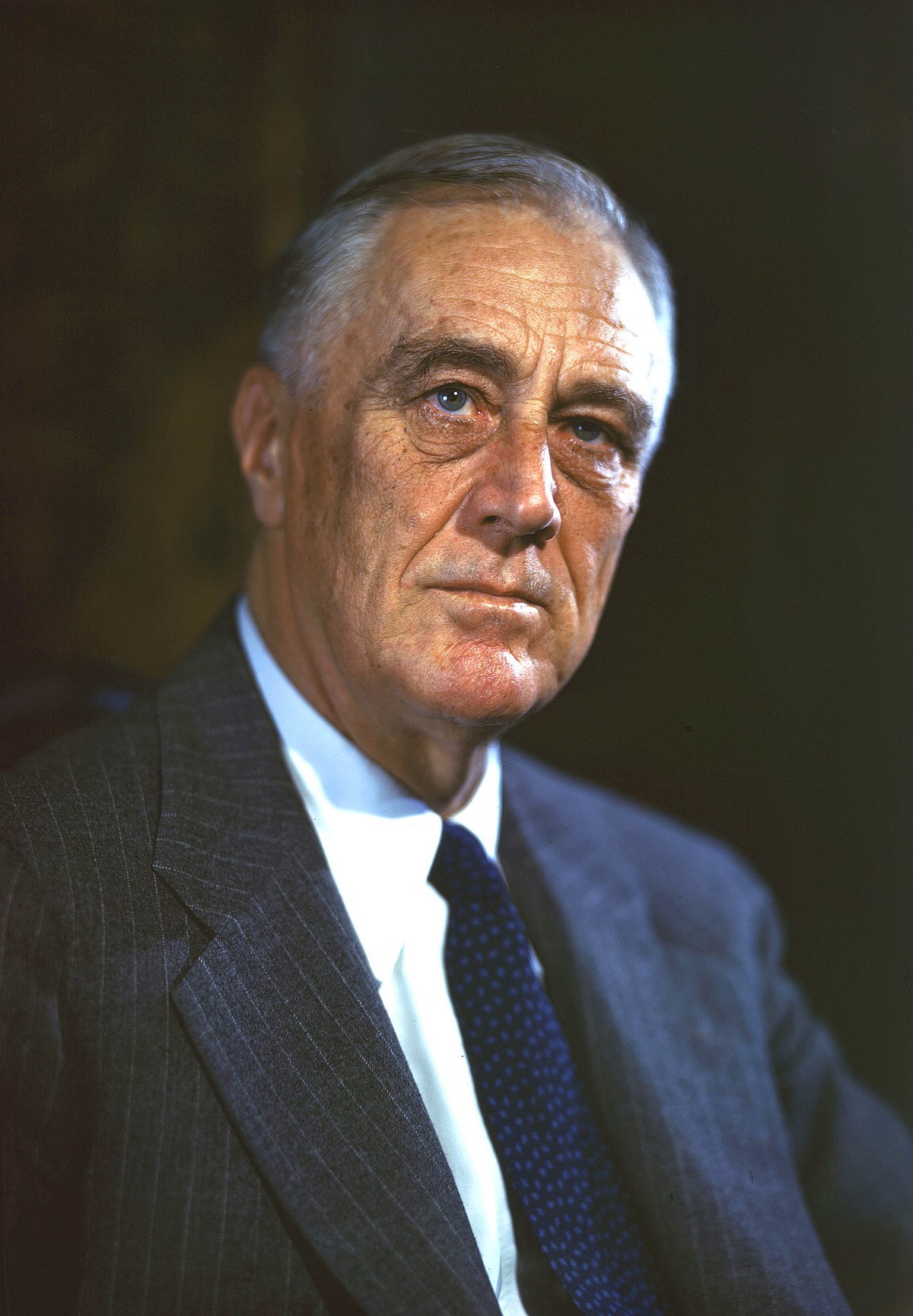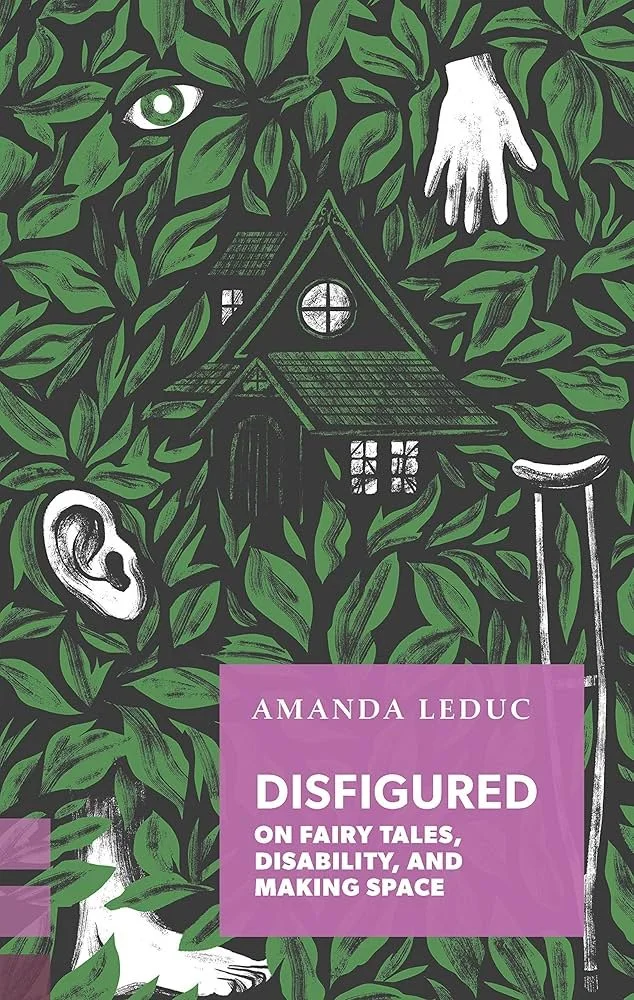11th Grade
This activity is designed for students to reflect on their own lives and their privilege status. Unfortunately in our society certain groups can navigate with ease, while others must fight for their basic rights. Students will reflect on how their ability (able-bodied or disabled) affects their lives and how they can use their privilege to help others.
Image Description: various heights of different colored bars lined up next to one another. The words “Ability Privilege” towards the top.
Students will select a Black Disabled artist from Leroy Moore’s Black Disabled Art History 101. Students will research their selected artist and their works. Students will choose a piece of artwork created by this artist and analyze it using a critical artistic framework. This lesson can be adapted for a wide range of ages.
Image description: Cover photo of Black Disabled Art History 101
Students will learn about one of the most influential blues guitarists of the early 1900s, Blind Willie Johnson. They will read an article detailing his life and how he is remembered. The class will then listen to an example of his music, and covers of his music. Students will also discuss how blind musicians can help advance the discussion concerning the stigma of disability.
Image description: halftone photograph of Blind Willie Johnson
A calendar of events that recognizes various days (and months) is an easy way to bring the conversation about disability into your classrooms and schools. Including discussion of disabled people throughout the year sends a message to all that disabled students are recognized and valued as a part of the education community.
Image description: calendar page tilted at an angle, reading glasses rest on the bottom corner of the calendar
Including coloring pages and artwork in lessons (some of these allow you to use as clip art) that includes disability representation furthers the goal of regularizing disability by seeing it and offering opportunities to learn and ask questions.
Image Description: small images of the coloring books on a yellow background
In this text, students learn about the experiences of people with disabilities in college and the actions that can be taken to create more inclusive campuses. Students practice finding the main ideas of each paragraph or section and then the article’s overall central idea.
Image Description: Logo of CommonLit which looks like an open book on top with a photo of a student seated in a wheelchair in a large stadium seating classroom
In this lesson students will contemplate how they perceive disability and explore stereotypes and misconceptions of disability through a circle discussion activity. This lesson is intended as an introductory activity on disability. Students are just beginning the discussion on disability.
Image description: rainbow concentric circles
In this collection of lesson plan, students will learn about media literacy and apply those skills to the media created for the film CRIP CAMP; will explore the concepts of power and justice, and how they relate to disability rights and disability justice; will explore the concepts of power, civil rights, and human rights, and how these concepts relate to disability rights, and then apply those skills to the media created for the film CRIP CAMP; will understand how language is connected to power and ableism; and discuss how the strategic use of power helped the disability rights movement in the US evolve.
Image Description: “Crip Camp Curriculum” in white text on green background
This unit focuses on the historical event that caused a ripple in the Deaf community, Deaf President Now. The unit includes three lessons, three projects, and a lot of fun!
Image Description: Black and white photo of students holding a banner that says “Deaf Prez Now!”.
Students will be introduced to two important events in US history – the Kent State Massacre and Deaf President Now protest. They will be exposed to the events that occurred on the two college campuses and their outcomes. They will read the First Amendment and be presented with information to assist them in drawing conclusions about whether these were peaceful protests. They will obtain information to assist them in comparing and contrasting the two events. As the culminating activity, students will create a storyboard about May 4, 1970 at Kent State.
* NOTE: This lesson could be taught during Deaf Awareness week and the following week ‐‐ could encompass ASL, history and ELA classes.
Image Description: Colorful painting depicting a protest scene in front of a domed building. In the foreground, several figures are holding a large sign that reads "DEAF PRESIDENT NOW" in red letters. There are also several flags in vibrant colors, including red, blue, and yellow, being waved by the crowd.
Students will watch “Defiant Lives: The Rise and Triumph of the Disability Rights Movement in the United States, England, and Australia.” It covers important milestones in disability activism, from breaking people out of nursing homes to advocating for equal rights. The discussion topics in the film vary from institutionalization to passing legislation. The film highlights in particular, the vast differences between the medical model of disability and the social model of disability. For 5 days, students will watch a segment of the film and record their own thoughts and then discuss their thoughts with a partner and the full group. The last two days students will work together to create their own plan to address an issue in their own community.
Image description: Defiant Lives poster showing stairs and projected onto the stairs is a pink and black wheelchair and disability activist. Text at the top says Defiant Lives and text at the bottom says the Rise and Triumph of the Disability Rights Movement
In this lesson students will compare and contrast 3 videos on Pennhurst State School. Students will delve into two narratives, The “horror” and “historical”. In a class discussion, students will discuss the implications of each narrative on how society views mental illness and intellectual disability. Students will learn about Pennhurst and the historic self-advocacy of the residents and the eventual closing of the PA institution.
Image description: Black and white photograph of Pennhurst
Lesson title: Disability and Disability Arts - Disability and Disability Arts Invisible Disabilities/ Autism/Poetry/ Golden Shovels Poetic Form
This is a three part lesson to introduce the student to disability and a disabled artist's work. Disability arts is an art form where the context of the art takes on disability as its theme. Disability art is about exploring the various realities of what it's like to be disabled. The theme of disability may be used in a variety of ways in how the artist chooses to represent the theme in their work. This lesson uses poetry created by Ian Fay.
Image Description: black and white illustration with the title “Golden Shovels by Ian C. Fay” in bold open letters. The background is filled with dense, intricate doodle pattern.
Disability and Disability Arts - Invisible Disabilities - “See Me; Invisibility” Paintings Lessons
This is a three part lesson to introduce the student to disability and a disabled artist's work. Disability arts is an art form where the context of the art takes on disability as its theme. Disability art is about exploring the various realities of what it's like to be disabled. The theme of disability may be used in a variety of ways in how the artist chooses to represent the theme in their work. This lesson uses 3 paintings created by Mali Fenning.
Image Description: 3 paintings by Mali Fenning. Left artwork features geometric shapes and a dark color palette. Top right art features a colorful face with red lips and curly hair. The bottom right artwork has wavy lines and circular shapes in a mix of colors.
As our friends from Engaging America state, “Primary sources … can provide entry points and deepen exploration into historical events. Primary sources add immediacy, such as the faces in a photograph, the emotional tone of a drawing or song, or the complex look of a handwritten document. Documents from multiple points of view can illuminate conflicting ideas and events. Varied media, including maps, oral histories, published reports, and graphs offer many options for connection and investigation”.
We share these collections or primary sources as tools to continue introducing disability into the conversation from natural perspectives, using disabled people to tell their own stories whenever possible.
Image Description: Article from Dallas Times Herald, Wednesday, January 14, 1986 in section “Community Close-Up” titled “Police on sidewalk wheelchair ramps changed”
Full image description can be found at: https://adaptmuseum.net/gallery/picture.php?/451/category/16
This lesson is meant to accompany Disability Equality in Education’s Disability History Timeline. Printable images are included in the materials to use with this lesson. In this lesson, students will select a moment from disability history and analyze its importance.
Image description: tiles from DEE”s Disability History Timeline on the wall
In this lesson plan, you’ll find six modules that you can mix and match, that all teach about different aspects of disability rights and disability justice.
Image Description: Education Amplifier’s illustration of Lydia X.Z. Brown
Through reading selections of the United Nations Convention on the Rights of Persons with Disabilities (CRPD), students will explore the role of international agreements in shaping national policies. They will engage with key human rights vocabulary, analyze how the CRPD has influenced disability rights worldwide, and explore issues pertaining to US non-ratification. This lesson encourages critical thinking about disability as a civic and human rights issue, emphasizing the responsibilities of governments in upholding equality and justice. Differentiation strategies for middle vs high school students would include using the original vs easy-read version of the text, as well as differentiated discussion questions.
Image Description: Left, United Nations emblem consisting of a world map surrounded by two olive branches, all in white on a blue background. Right, CRPD logo, each letter on its own in white on a maroon square arranged in a 2×2 grid. To the right are the words “Convention on the Rights of Persons with Disabilities” in maroon.
Students will review the social model of disability and then apply it to 4 short films created for the Easterseals Disability Film Challenge. “The Easterseals Disability Film Challenge gives filmmakers—with and without disabilities—the opportunity to collaborate to tell unique stories that showcase disability in its many forms (disabilityfilmchallenge.com).” Students will watch the 4 winning films, and then break into groups to focus on analyzing one film as a group.
Summary:
An introduction helps establish safe and respectful study of disability history. In lesson 1, students the Question Formulation Technique helps develop questions. Then a presentation highlights disabled advocates across American history. In lesson 2, students research the causes, goals and methods, successes and setbacks of the Disability Rights Movement. Students present research with multiple media options: talk with slides, podcast, video, essay, or poster. Lesson 4 guides a genuinely inclusive civic engagement project.
Image Description: Emerging America logo above text that reads “Grades 9-12: The Long Struggle for Disability Rights” above a black and white photo of ADAPT protesters seated on the ground and in wheelchairs holding signs c. 1980s
Summary:
An introduction to disability helps establish safe and respectful study of a difficult topic. Students examine eugenics policy, including forced sterilization and examine how values change. Primary sources include challenges to eugenics from the 1930s as well as 21st century efforts to come to terms with its impacts. The grades 4-5 lesson 2 on immigration policy can provides primary sources and guiding questions that can provide solid support to expand this unit. Unit resources support optional research projects.
The material is emotionally difficult. It is essential to create a safe space for all, including students who might relate personally to the topic. Particular attention is required to ensure that discussion respects students of varied views. It is vital to clarify that universal norms of democracy today are clear that there is no valid justification for the program of eugenics and that its claims were in no way supported by valid science.
Image Description: Emerging America logo above text that reads “Grades 9-12: Disability in the Progressive Era” above a black and white photo of William H. Taft, Oliver Wendell Holmes, Jr. and others in front of the White House. c.1922
Students will engage in discussion about the Stigma associated with disability. They will then learn about FDR and how illness made him lose the ability to fully walk. They will then learn about how FDR, the people around him, and the press worked to keep his disability as secret as possible. This will lead to a discussion about the impact of his decision to hide his disability, and how taking a prideful approach to his disability could have changed how people perceived him and others with disabilities.
Image description: photograph of Franklin D. Roosevelt
Students will read about Hephaestus. After reading each passage, they will be able to reflect and write about how Hephaestus is portrayed in that specific passage. Using evidence from each passage, the students must justify their opinions.
Image description: Statue of Hephaestus
In this lesson, students will learn about science, history and geography related to eyeglasses. First, they will consider the history of eyeglasses, their impact on vision impairments, and how they are so widespread in America (and other high-income countries) that wearing them is rarely considered to indicate a vision issue; in fact, they are often fashion statements. Then they will explore how access to glasses differs around the world, specifically considering barriers that prevent access. Finally, they will choose their own adaptive device (a list of ideas is provided, but students are welcome to choose their own), and create an infographic that explains: the important benefits to widespread usage of their chosen device, current barriers, and suggest possible solutions.
Image Description: “History of Eyeglasses: The Importance of Adaptive Equipment” in black text on a light green box. On all sides is about a dozen black eyeglasses scattered on a white background.
Using Amanda Leduc’s book “Disfigured: On Fairy Tales, Disability, and Making Space,” as inspiration students will consider different representations of disability in fairy tales and classic stories. They will watch an interview and a reading with Leduc, read 2 texts referenced in her book and learn to identify issues with how disabled people are presented and stereotyped. Students will produce two written assignments. One is an update to a classic story (either Beauty and the Beast or the Little Mermaid); the students will rewrite the classic tale to center and honor experiences of all bodies and abilities. The second assignment is a choice assignment. Students will either rewrite a second tale, or write a 1 page autobiographical story in the style of a fairy tale.
Image Description: The cover of the book “Disfigured: On Fairy Tales, Disability, and Making Space” by Amanda Leduc
In this lesson, students will learn why it’s easier for one athlete to win a marathon in New York than to navigate the city in a wheelchair. Then, students will evaluate the accessibility of public spaces where they live.
Image Description: "The Learning Network Teaching & Learning with the New York Times" Below the text is a photograph of Daniel Romanchuk in his racing wheelchair crossing a busy street at a crosswalk.
In this lesson, students will learn about alt text, and image descriptions that help people who have low vision or are blind to use the internet. Then, they will practice using the feature.
Image Description: "The Learning Network Teaching & Learning with the New York Times" Below the text is the Mona Lisa with 3 examples of alt text descriptions from Microsoft Word, Facebook and Wikipedia.
This lesson explores how adaptive video game controllers are transforming gaming for players with disabilities. Students will first reflect on their own gaming experiences before analyzing a commercial and reading an article about accessibility in gaming. Through discussion questions, they will examine the challenges faced by disabled gamers, how technology has evolved to be more inclusive, and the broader impact of adaptive controllers. The lesson encourages critical thinking about accessibility in technology and invites students to consider how they would design more inclusive gaming experiences.
Image Description: "The Learning Network Teaching & Learning with the New York Times" Below the text is a photo of Erin Hawley playing video games with her family. She uses an adaptive controller.
Teaching the story of the 504 occupation, the focus of the Patient No More exhibit, will undoubtedly leave students with a new perspective toward living with a disability. “Patient No More” offers a story about the creativity and strength that comes out of the disability community, an incredible example of how change can happen from the bottom up. It's also a story about how disability rights have changed the lives of all Americans in ways they might not realize.
Image Description: “Patient No More - People with disabilities securing civil rights” black and white photo of protestors with capitol building in the background, many in wheelchairs, one with a sign on the back of their wheelchair that says “We Shall Overcome”
Summary:
Renegades is a documentary series from American Masters that showcases the lives and cultural contributions of little-known historical figures with disabilities. These lessons were designed to be used with the videos. They can be used individually or as a unit.
Image Description: “Renegades” in black text “PBS Learning Media” in blue text with the PBS logo. below the text are a series of 5 colorful images from each of the 5 short films. Left to right, Brad Lomax, Celestine Tate Harrington, Daniel K. Inouye, Judy-Lynn Del Ray, and Thomas Wiggins
